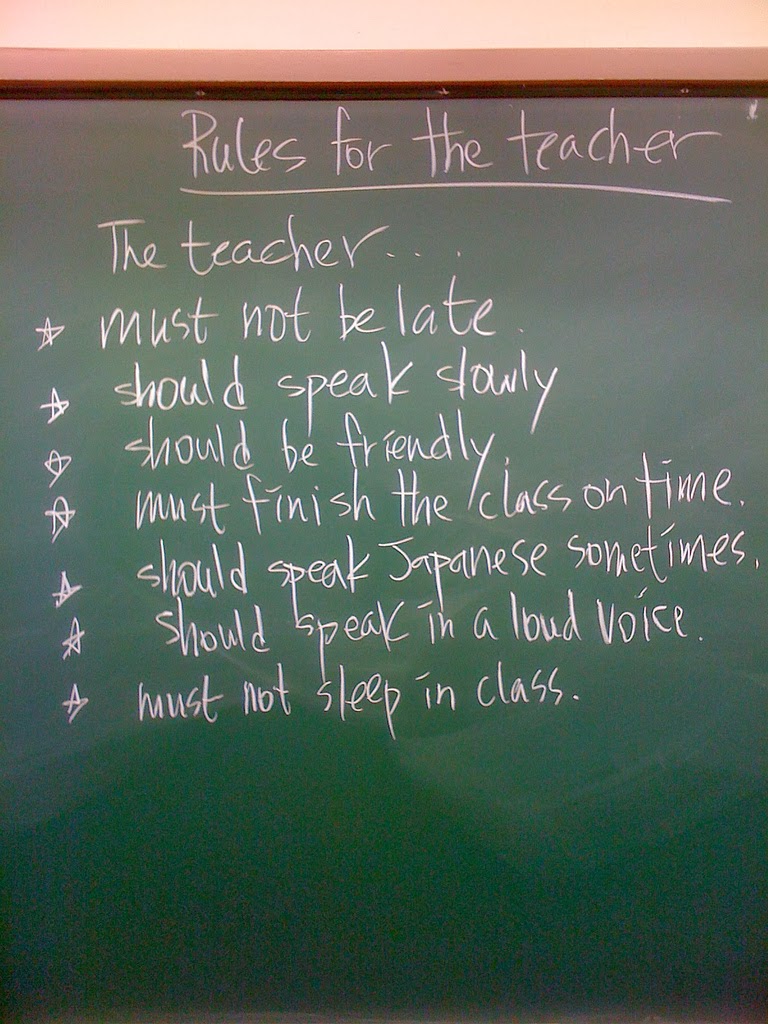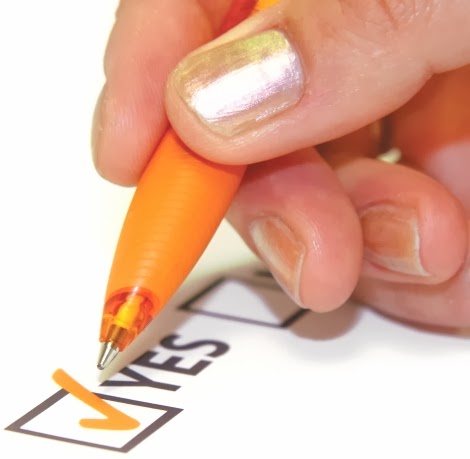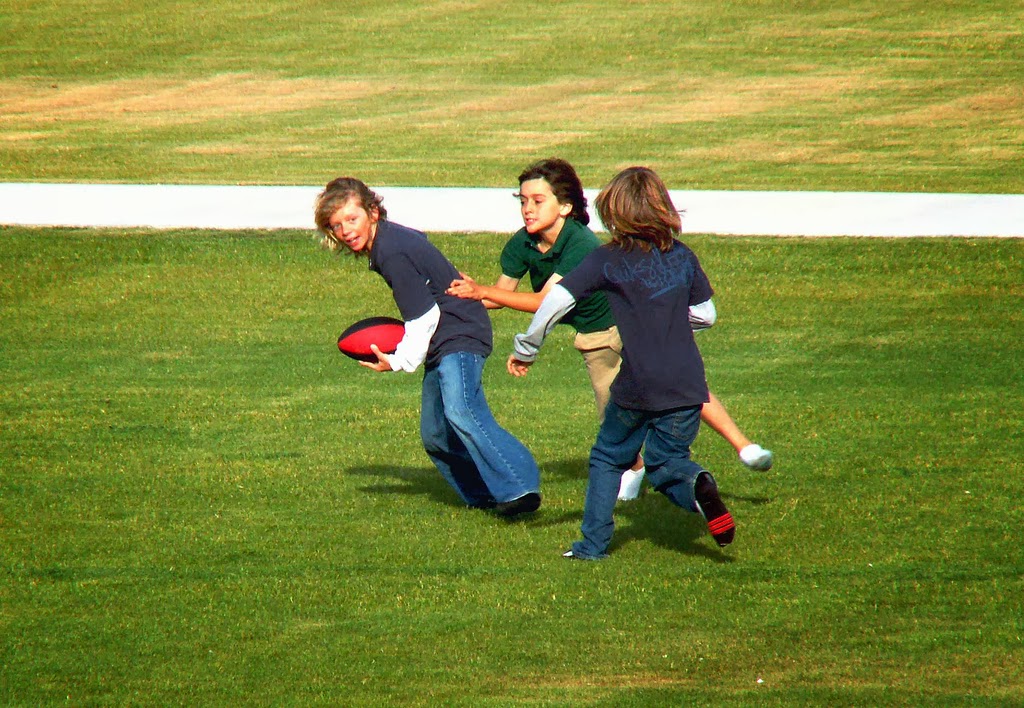Because Bible classes are often taught in Church and ministry environments, students often miss out on some of the types of activities that improve their comprehension of historical events taught in secular social study or history classes. Luckily, these same activities can be worked into even relatively short Bible classes.
One of the tools used by secular social studies teachers is geography. Understanding the geography of an event gives it context. It won’t change the meanings of the Bible stories you teach, but can help your students better understand and remember them. There are several easy ways to include geography in your Bible lessons.
- Show maps. When I teach, I use a fabric map quilt my mother made for me. We found fabric with a world map and made a baby sized quilt with it. Having a fabric map makes it easy for even young kids to handle and doesn’t get wrinkled when touched or moved. If it does get dirty, it’s machine washable. I use it to ask students to point out where we live on the map and then where the Bible story takes place. Establishing the distance helps reinforce that these stories didn’t take place in our time and place.
- Encourage students to create scribble maps. These aren’t meant to be particularly accurate or to scale as much as to help students understand where things happened in relation to one another. For example, was Damascus right next to Jerusalem or was Paul walking a great distance? Scribble maps are also great for understanding what events happened in the same place….like Abraham almost sacrificing Isaac is the same location as the Temple.
- Plot distances. It’s probably a quick car ride between Nazareth and Jerusalem today, but the map app on your phone calculates it is a 29 hour walk. Not a quick trip, making it understandable why Mary and Joseph were upset when Jesus was missing several days into the journey home.
- Explore cultures. There are a lot of different cultures that influenced Israel. Understanding them doesn’t change the meaning of scripture, but it can enrich it. Understanding the importance of various empires and that Israel was on the path for trade routes and conquering the world invasions puts together pieces that can confuse young people. You can use geography as a springboard to look at cultures like the Egyptians during Bible times and aspects of it – like mummification – that impacted how Jacob and Joseph were buried.
- Use geography to improve memory. Did you know places are a great memory device? That’s why God had His people build memorials, the Temple and other places to help people connect important memories of God to those places when they saw them. You might not be able to take your students to Israel, but showing them the places they are reading about in photographs can help them attach deeper memories to the Bible stories connected to them.
Adding a bit of geography to your Bible lessons takes a little extra time and effort. It’s worth it though if it can help your Bible students better understand and remember the Bible.





